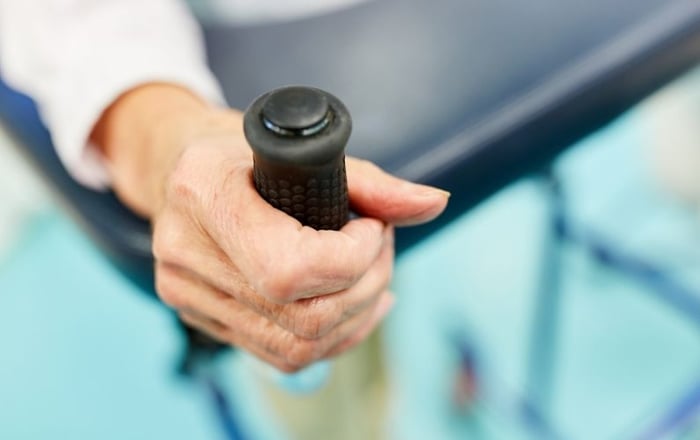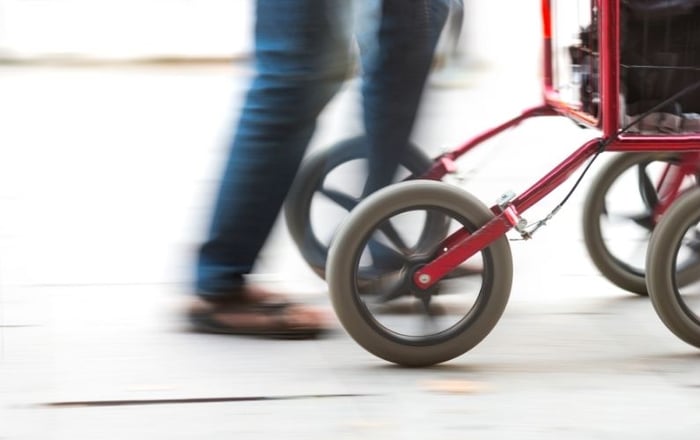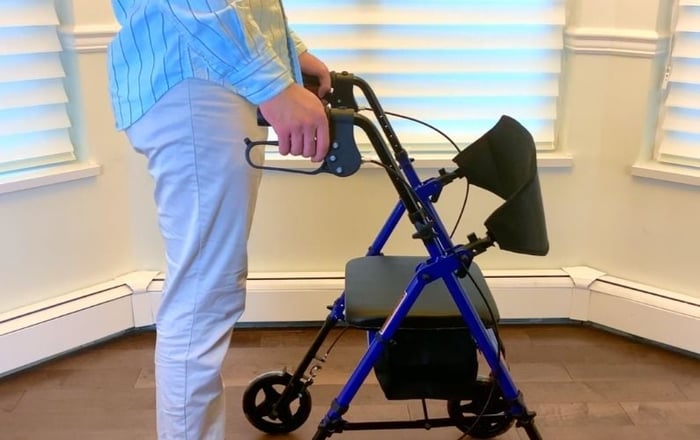Just because you use a walker doesn't mean you can't exercise! Learn some great tips for exercising with a walker safely and get in tip-top shape.
Great Tips for Safely Exercising With a Walker
Did you know that 16% of adults ages 65 and older use mobility devices?
A primary reason older adults use mobility devices is to reduce the risk of falling. But, does this mean you can't exercise if you use a mobility device?
Certainly not! Exercising with a walker or other type of mobility device is still possible, you just need to be careful about how you go about it.
Check out this guide to discover the top tips for safely exercising with a walker.
Safety First
When exercising with a walker, safety is of the utmost importance. First and foremost, you should avoid exercising by yourself.
If you choose to work out in a gym, make sure someone on staff is certified in First Aid and CPR. Otherwise, if you're working out at home or inside, you should do so under the supervision of a caregiver or personal trainer.
When working out with your walker, you also want to make sure you closely monitor when you're tired or need to rest. Many older adults overwork themselves in order to gain results faster, but this may wind up with you getting hurt.
It's also a good idea to hire a personal trainer or some sort of exercise professional to help you through your first few sessions. This person can show you the correct form for different moves, and they can also put together an exercise plan for you that suits your goals.
Do the Right Exercises
There are certain exercises that are easier to perform with a walker than others. Here are some exercises you can try:
1. Walking
As the name suggests, the simplest form of exercise you can do with your walker is walking. Walking is an excellent form of cardiovascular exercise that doesn't require any equipment besides your walker.
You can use your walker to go for long walks in the park or to simply walk from one end of the room to the other. Walking provides the following benefits:
- Improves your circulation
- Strengthens your bones
- Helps you lose weight
- Improves your mood
- Strengthens your muscles
- Supports your joints
- Improves your sleep
Here are some tips for walking safely with your walker:
- Place your walker an arm's length in front of you, take the weight off your hands and gently push forward the walker
- Use the walker's handles for balance as you step forward
- To stand up before walking, use the chair's push up using the arms
- Don't ever pull on or tilt the walker to stand up
- To sit down after walking, back up your legs until they hit the chair and then use your hands to feel behind you for the seat
You'll also want to make sure that the height of your walker is adjusted correctly. Ideally, you'll have a physical therapist or healthcare professional adjust the height for you.
If you need to adjust it yourself, make sure your shoulders are relaxed when your hands are on the grip. Your elbows should also be bent at a comfortable angle (around 15 degrees).
2. Squats
Squats are another excellent type of exercise for those in walkers. By doing squats, you'll be able to strengthen your hips, joints, bones, and thighs.
To perform a squat, stand with your feet slightly more than shoulder-width apart. Push your shoulders slightly back and keep your head up. Then, place your hands on the walker, and while maintaining a straight back, begin squatting.
If it feels unstable, you can place your back against a wall for more balance. If you can't perform a full squat, that's okay, as partial squats work just as well.
3. Sit to Stand
Another great exercise to work your legs is called the sit to stand.
For this movement, you'll sit down in a chair and then stand up using the help of your walker. This is a functional exercise that helps keep your body mobile and makes it easier for you to transfer from a sitting to a standing position (and vice versa).
Make sure you follow the proper techniques we discussed above when transitioning from sitting to standing.
4. Walker Lifts
Walker lifts are a great exercise for improving your balance, core stability, and shoulder strength. Before performing this movement, first make sure that your balance is adequate
You can do this by stepping back from your walker for a second. If your balance is adequate, all you should have to do is grab your walker and raise it a couple of inches off the ground. While performing this test, make sure you have a spotter.
This is a great arm exercise to perform anywhere, as you'll always have the right equipment.
5. Water Walking
In addition to walking on land, you can also walk in the water with your walker.
The great thing about water walking is that it provides all of the same benefits as walking on land, but with the added resistance of water. The buoyancy of the water can even help minimize the stress on your joints, making it a particularly good exercise for those who have arthritis.
All you need to do to perform this exercise is to walk back and forth in the pool using a walker. First, though, make sure the walker you're using is waterproof or specially designed to be used in water.
Exercising With a Walker: Are You Ready to Work Out With Your Walker?
Now that you have these tips for exercising with a walker, it's time to get moving. Pretty soon, you'll be in great shape thanks to your walker.
Also, if you're looking to buy a new walker, be sure to check out our selection.










